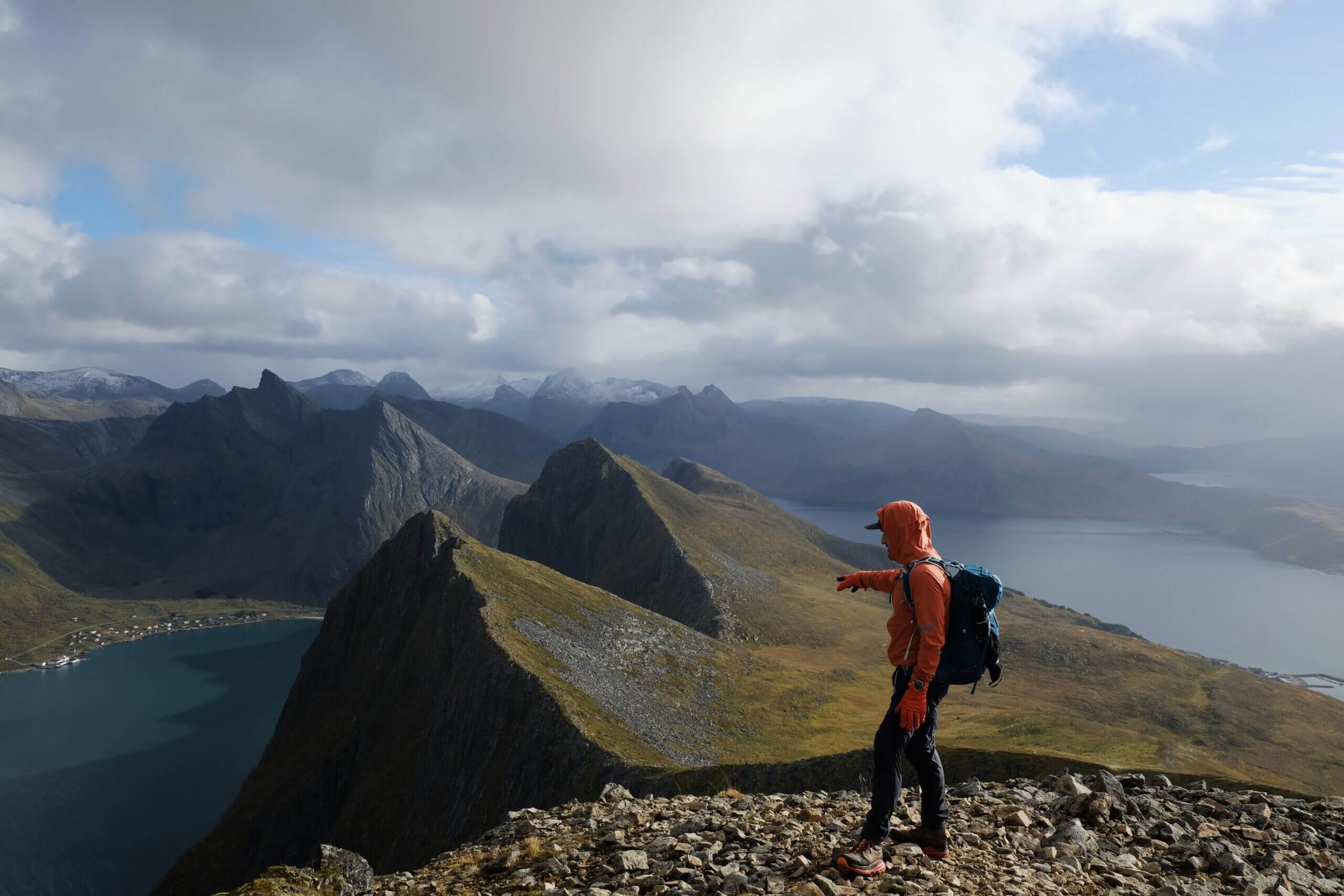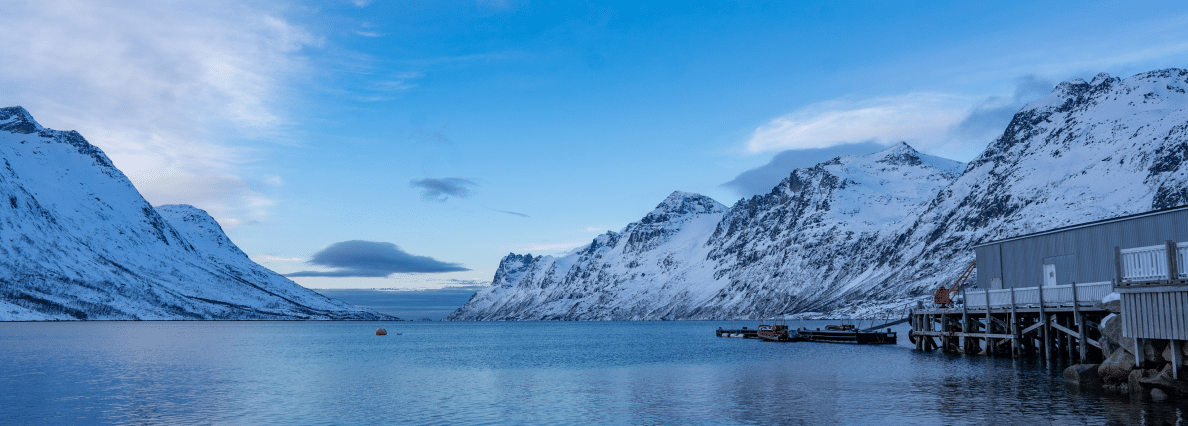
Activities in Northern Norway
Northern Light tours, whale watching, dog sledding, snowmobile, fjord boat tours and much more is waiting for you.
See all activities hereNorthern Lights
The Northern Lights have fascinated people throughout history and continue to do so. We have developed and produced a series of quality aurora activities for you.
Today, the aurora borealis draws people from all over the world to the Arctic for chases in the hope of seeing this natural phenomenon and taking home a Northern Lights photo.
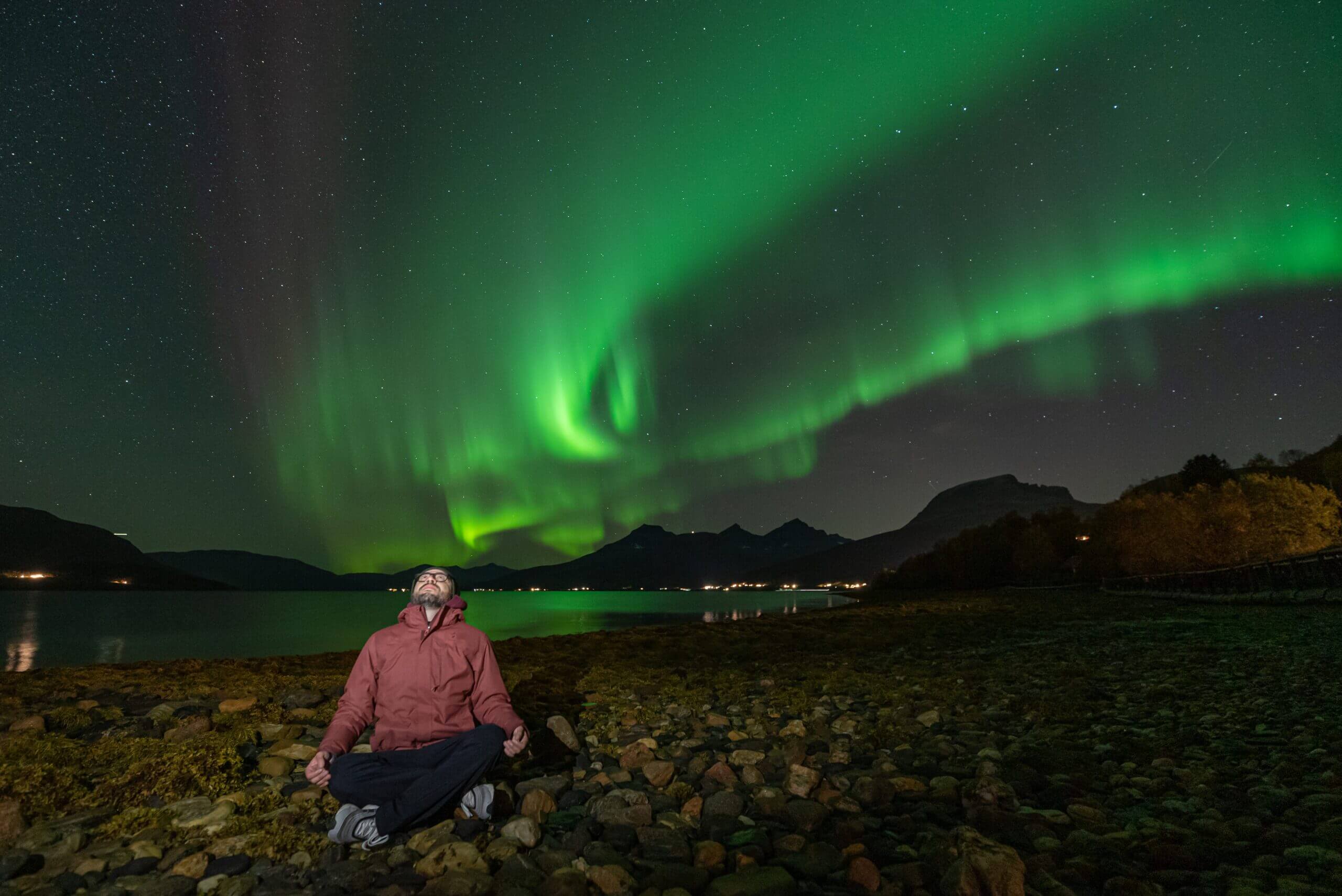
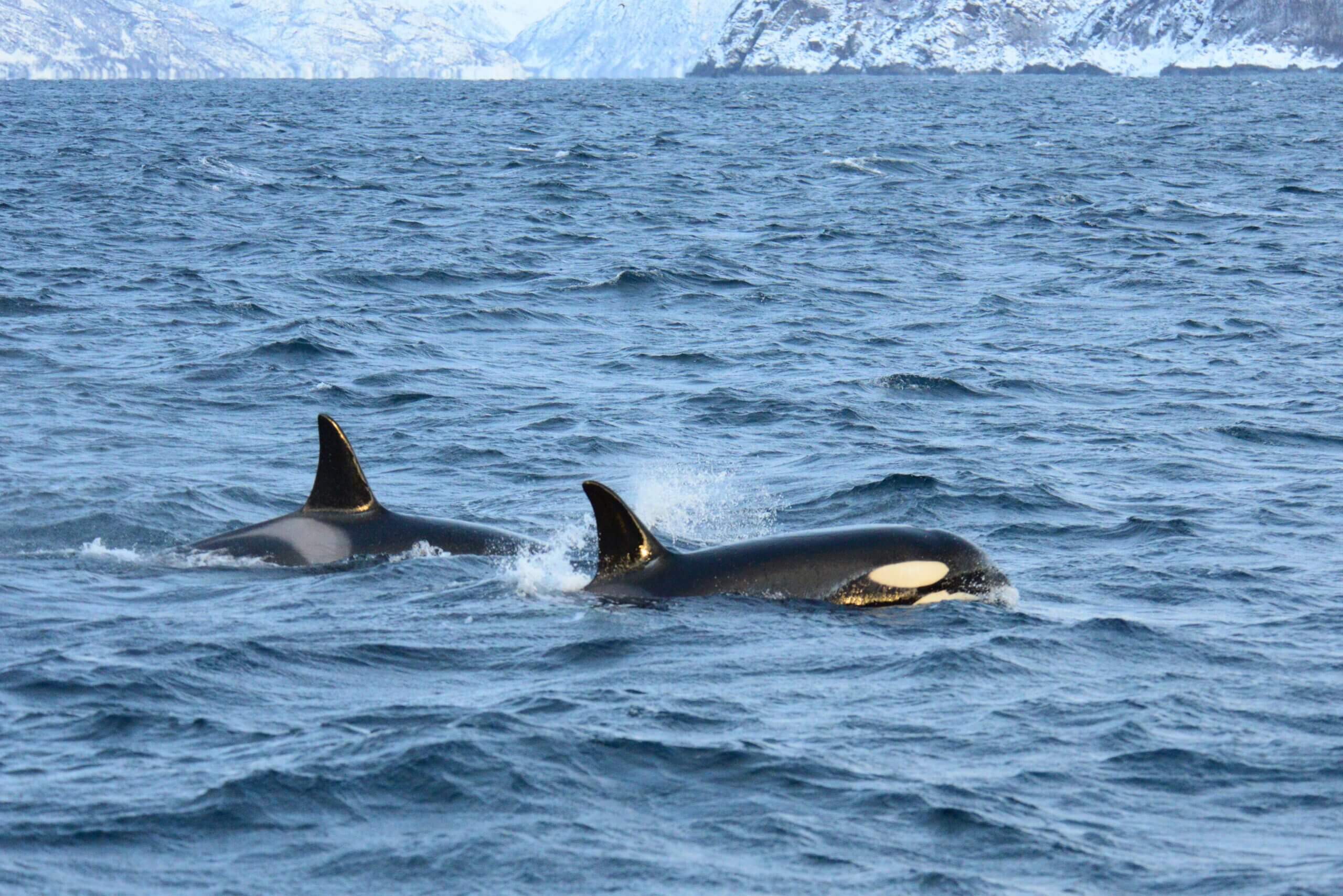
Whale watching
Generally, in the winter months of November to January, whales can be spotted in the fjords in Troms (orcas and humpback whales mainly).
Whale watching is one of the most popular tours departing from Tromsø and heading to the coastal area where whales have been spotted. Book as soon as possible as this is one of our best sellers. Don’t miss the chance to see these beautiful huge marine mammals.
Dog Sledding
Go on a dog sledding tour and ride through the winter wonderland of Northern Norway! A trip above the Arctic Circle is incomplete without going on a husky sledding adventure.
Experience a unique way of winter transport traditionally developed by Northern Indigenous peoples. About six dogs are tied in pairs to a single towline. The towline is then attached to the sled that the dogs pull across the snow.
Our dogs (Alaskan huskies) are ultimate runners and they will love taking you across the Arctic wilderness. You even get to drive your own husky sled: mushing is an experience of a lifetime!
You can join one of our husky tours from Tromsø or Narvik.
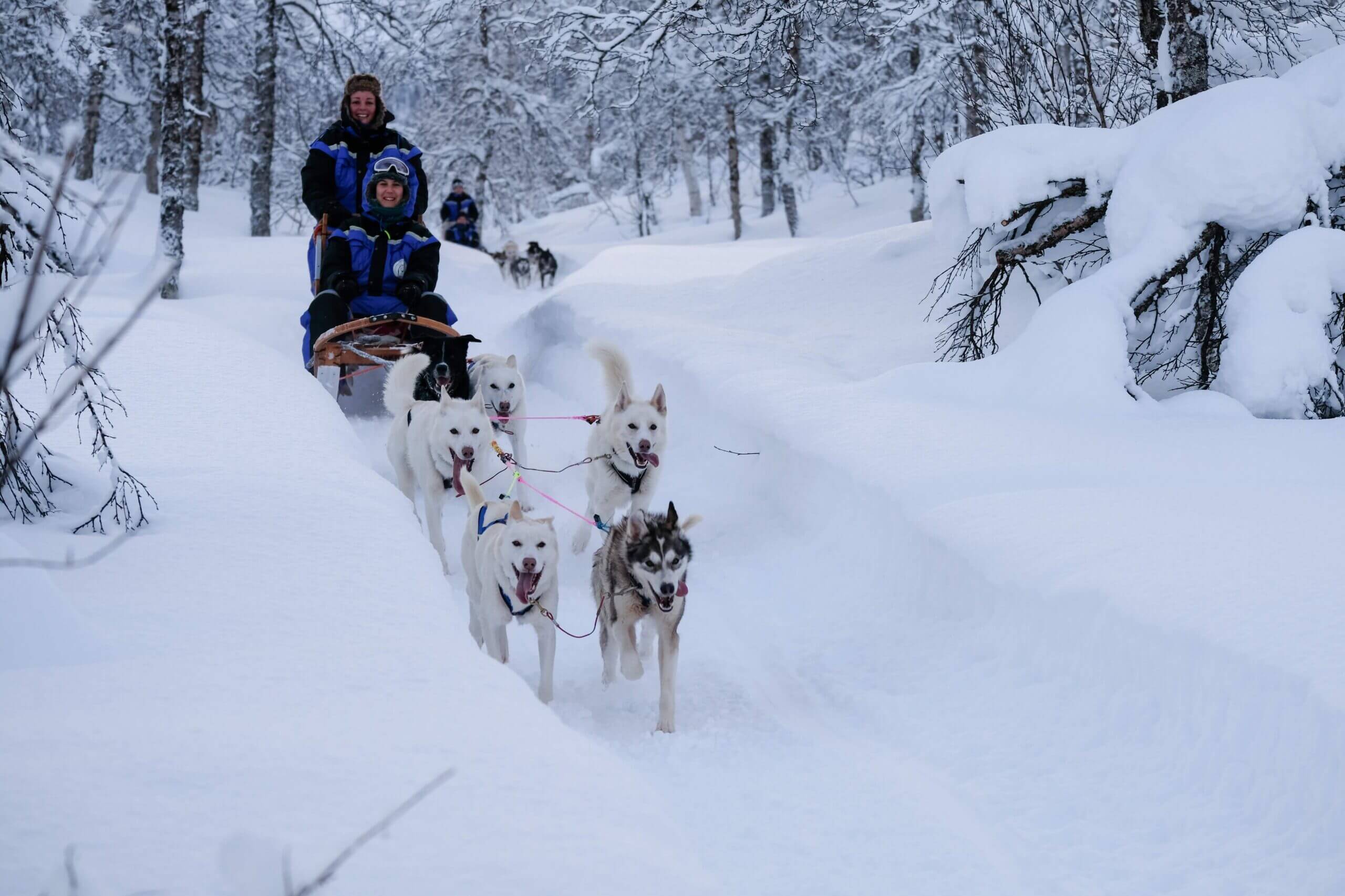
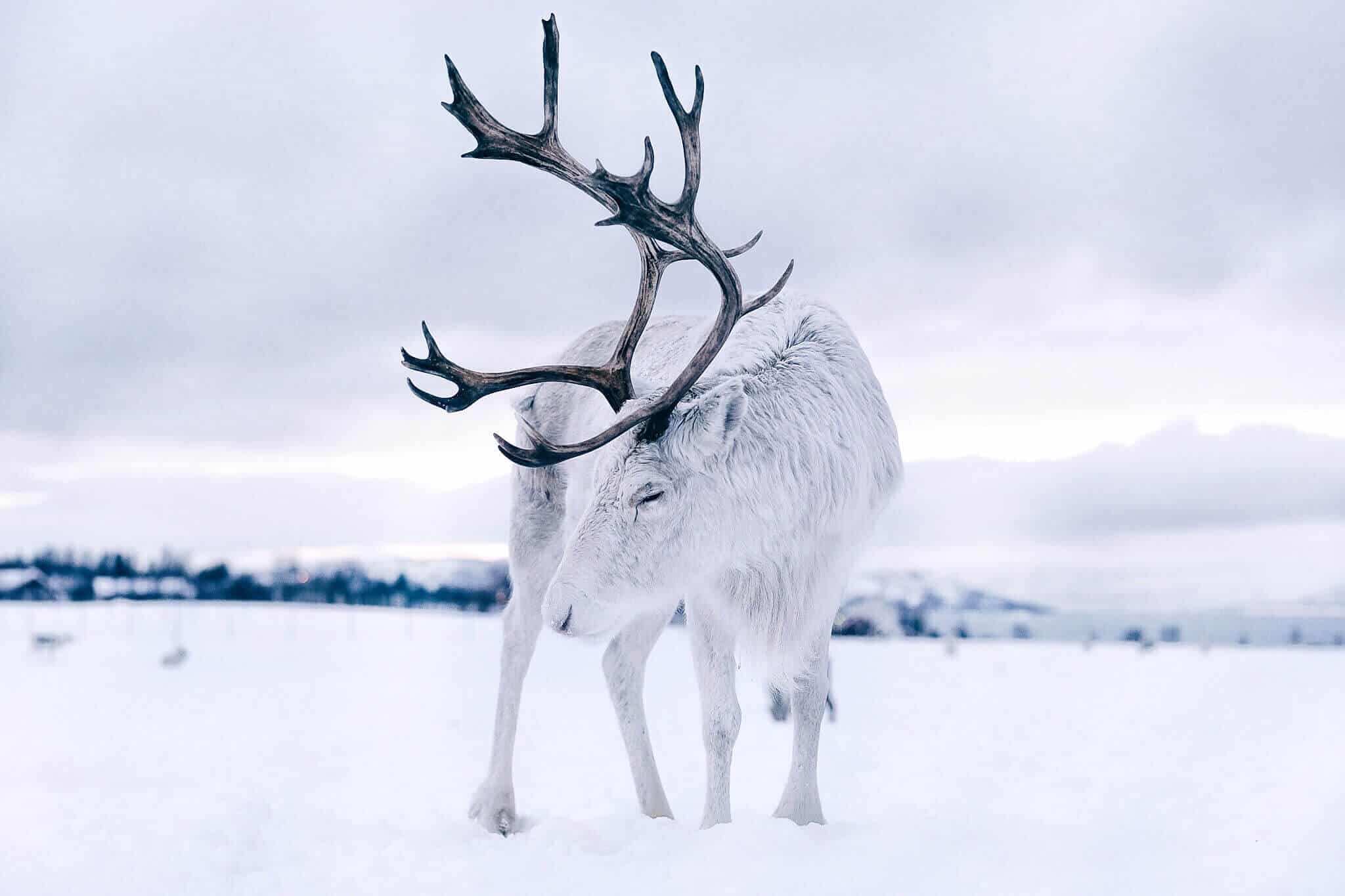
Reindeer & Sami Culture
The indigenous Sami people and their reindeer have been living and working on the land for centuries. It’s only in recent times that the Sami have invited guests to be part of their life. But who are the Sami? Why are reindeer so popular in Norway? Learn more about the Sami people and their culture, where are they from and why are they so important?
Feed their reindeer, enjoy a traditional Sami lunch, go on a reindeer sledding experience, see the Northern Lights in the evening at a reindeer camp surrounded by hundreds of reindeer, and enjoy storytelling around a bonfire in an authentic lavvu (traditional Sami tent).
Grab this opportunity and dive into their history, culture and cuisine at their authentic reindeer camps. They look forward to meeting you!
Snowmobile
Snowmobile, snow scooter, Ski-Doo, or skimobile, whatever you call it, driving this motorized vehicle will be so much fun!
Snowmobiling was designed for winter travel on snow and ice and now has also become a hobby for many people in Norway. It is quite simple to drive, so during your snowmobile tour, you will quickly get the hang out of it!
Go on an adventure around the stunning winter Arctic landscape and enjoy the best views of the mountains during the day or go at night to admire the beautiful Northern Lights.
We have guided snowmobile trips from Tromsø in the Lyngen Alps and Signaldalen areas.
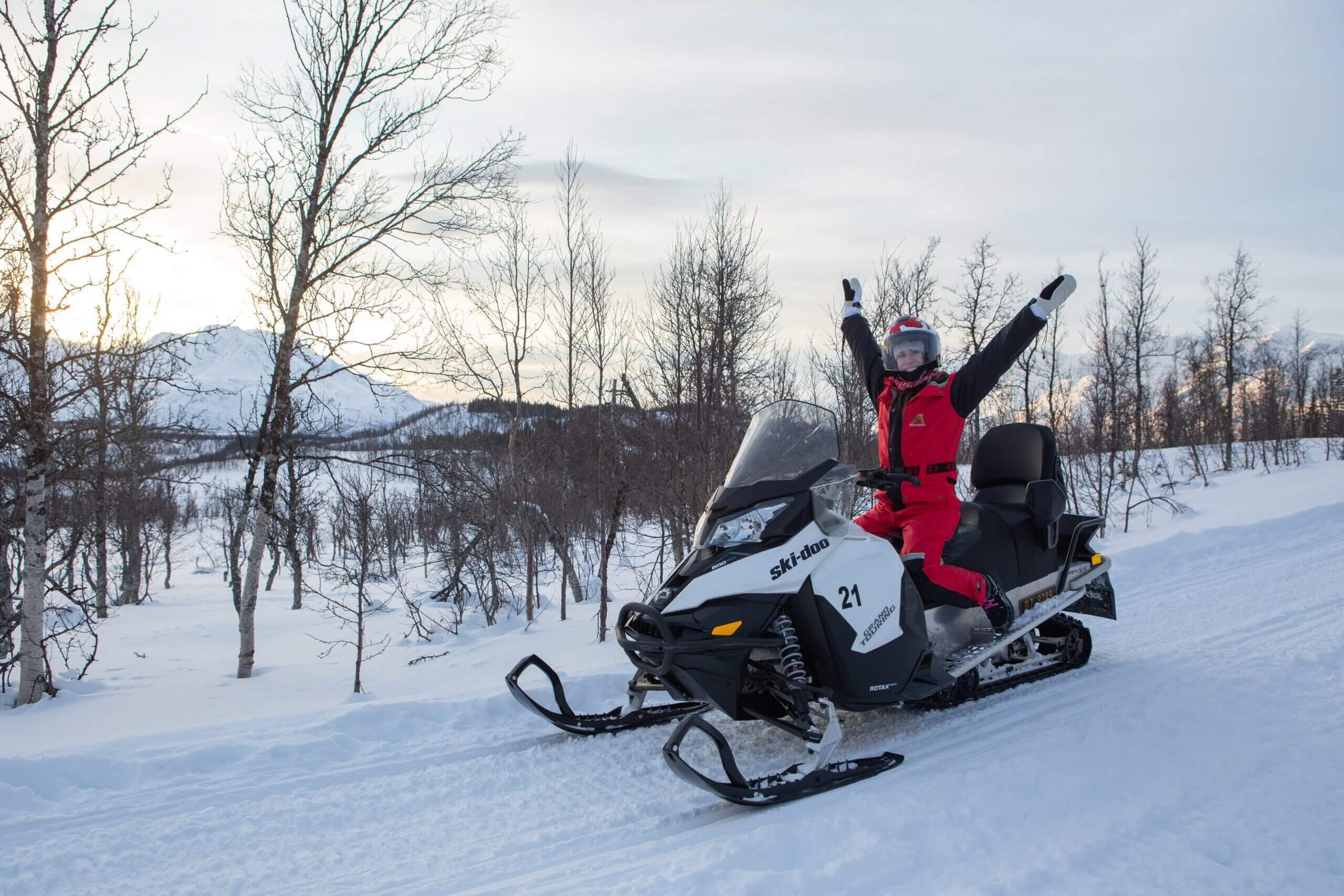
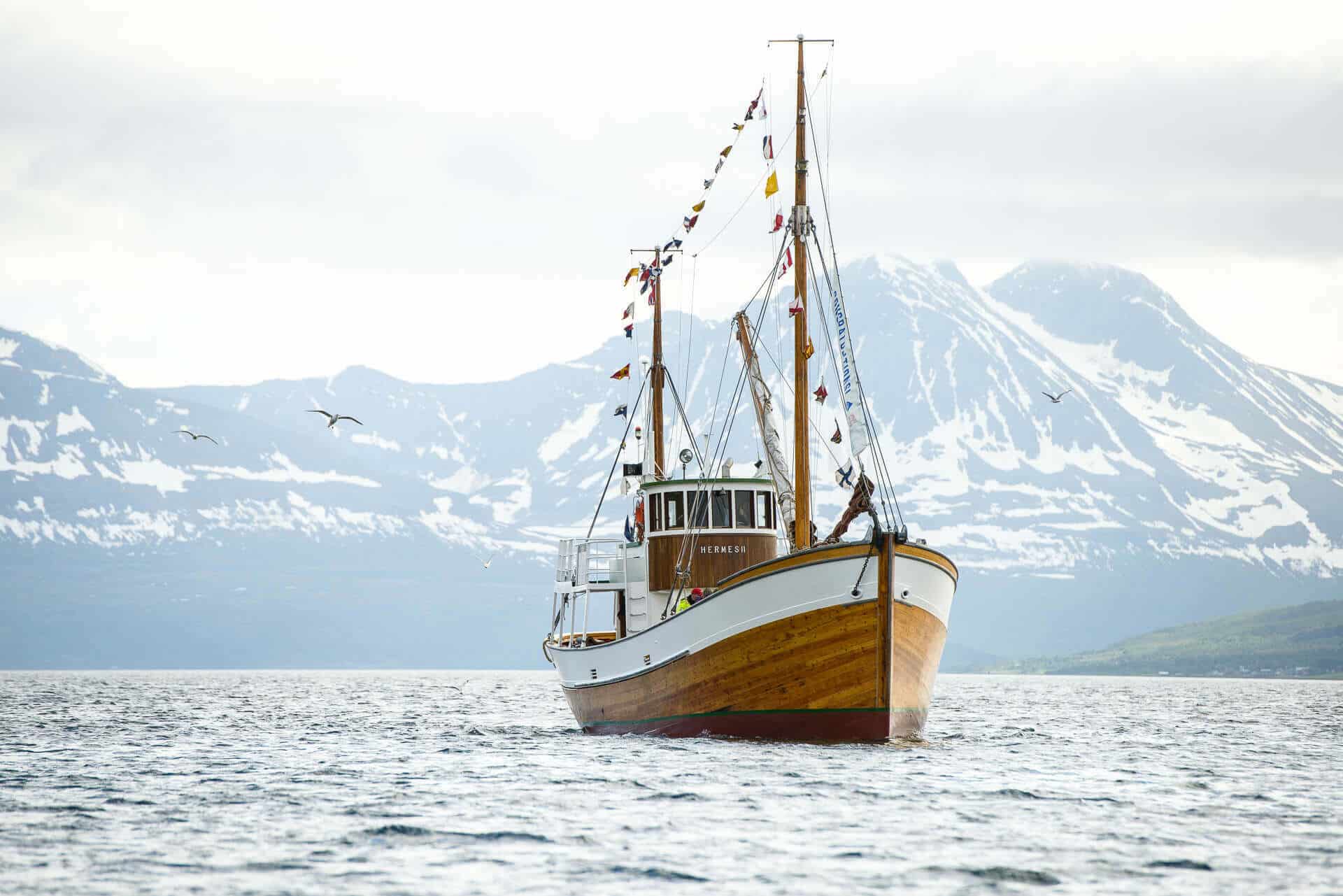
Boat & Fjord tours
Known for its spectacular fjords, you can’t visit Norway and miss the chance to go on a fjord tour. Midnight Sun cruises, fishing trips, kayaking and history cruises all provide the opportunity to admire the north Norwegian landscapes and mountains and learn about Norwegian culture and history.
We have boat tours in both Tromsø and in Lofoten and offer you the best fjord cruises in the area.
Food & Culture
Are you a foodie looking for Nordic gastronomical experiences? Do you enjoy history, museums and unforgettable cultural experiences?
We have dinner cruises, guided tasting tours, food tours, Midnight Sun tours and much more!
Check out our section of food tours in both Lofoten and Tromsø!


Arctic Animals
The Arctic is home to unique animals such as reindeer, moose, whales and lots of different birds.
Check out this section if you want to visit a reindeer farm (and try reindeer sledding!), go on a whale watching trip to see humpback and killer whales in their natural Arctic habitat, try dog sledding or go on a bird watching excursion.
You can also visit Polar Park, the world’s most northern animal park, where you can observe muskox, wolves and bears among others.
Outdoor Activities
If sporty, outdoorsy and energetic are your middle names, this section is for you!
Summer in Northern Norway calls for activities and hikes. Consequently, we offer you several options such as riverboat trips, hiking trips, biking trips, or sightseeing by minibus or boat.
We will show you amazing places, beautiful landscapes, the best hiking spots, and the most spectacular mountains to hike up in Northern Norway!
